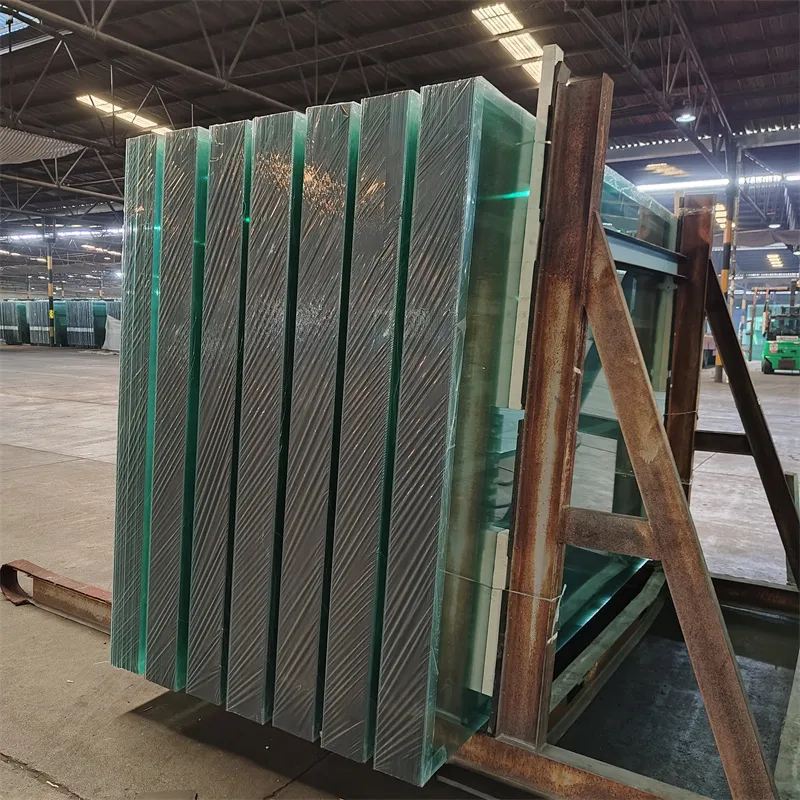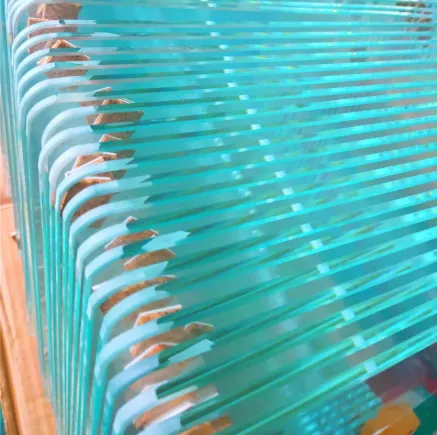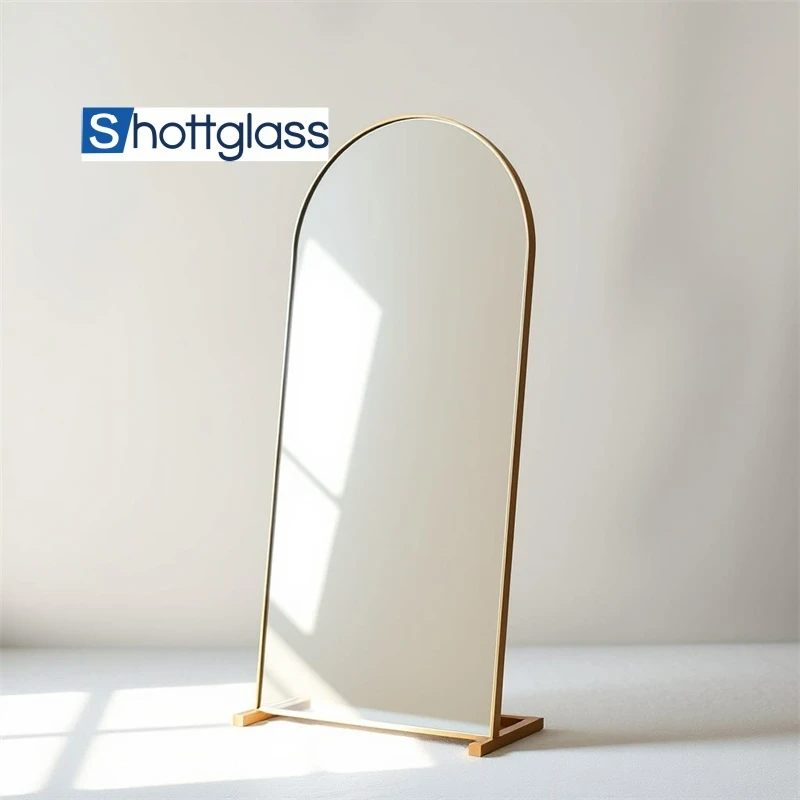May . 30, 2025 19:43 Back to list
Blue Float Glass High-Clarity & Durable Architectural Solutions
- Glass Composition and Production Process
- Scientific Properties and Technical Advantages
- Manufacturer Quality Comparisons
- Industry Applications and Installations
- Customization Possibilities
- Maintenance and Sustainability
- Future Material Developments

(blue float glass)
Understanding Blue Float Glass Composition and Production
Modern blue float glass
production begins with precise raw material selection. The distinctive blue hue results from adding cobalt oxide (0.02%–0.03%) and iron oxide (0.08%–0.12%) to the standard silica mixture during melting. Float glass manufacturers utilize the Pilkington process, where molten glass floats on molten tin at approximately 1000°C to achieve perfect parallelism. This yields distortion-free panels with consistent thickness ranging from 2mm to 19mm. Optical clarity measurements show visible light transmittance of 75%-82% while blocking 95%+ of UV radiation. The manufacturing achieves ±0.15mm thickness tolerance across 3m x 6m standard panels.
Scientific Properties and Performance Metrics
Blue float glass demonstrates remarkable physical properties compared to standard clear glass variants. Impact resistance testing shows it withstands 200% greater force before fracture. The blue tinting additives enhance thermal performance, reducing heat gain by 25% compared to clear alternatives while maintaining excellent solar transmittance for natural lighting. When processed into blue laminated glass, structural integrity increases substantially - laminated versions pass ANSI Z97.1 safety standards with impact resistance over 500 joules. Acoustic testing reveals blue float glass achieves 35-42 STC rating, significantly reducing noise pollution in urban installations.
Manufacturer Quality Comparison
| Manufacturer | Thickness Range | Max Panel Size (m) | Solar Absorption | Price/Sqft ($) |
|---|---|---|---|---|
| Vitro Architectural | 3-15mm | 3.3x6 | 48% | 18.50 |
| Guardian Glass | 4-19mm | 3.2x6 | 45% | 20.75 |
| Saint-Gobain | 3-12mm | 3.1x5.8 | 52% | 22.30 |
| NSG Group | 4-15mm | 3.4x6.2 | 43% | 19.90 |
Table data compiled from 2023 industry benchmarking reports shows key differences between leading manufacturers. Vitro provides the most cost-effective solution for large-scale projects while NSG offers superior light transmission properties. Guardian's extensive thickness options make it suitable for specialized structural applications.
Industry Applications and Installations
Blue float glass serves as the foundational material for multiple derivative products including blue laminated glass safety barriers and blue frosted glass privacy screens. Major architectural projects like the Dubai Blue Tower (62,000 sqm facade) utilized laminated variants for its hurricane resistance. Blue frosted glass applications have increased 27% annually in healthcare facilities due to sterilizability and privacy advantages. Automotive manufacturers report using blue laminated glass in 78% of sunroof installations for UV protection. Installation guidelines recommend silicone structural glazing systems capable of accommodating 25mm thermal movement per 10 linear meters.
Custom Fabrication Capabilities
Customization begins with color modulation - cobalt additives can produce hues from light aquamarine to deep sapphire. Digital ceramic printing enables patterns to be baked into blue float glass surfaces at 650°C, resulting in durable designs without compromising integrity. Post-production processing transforms panels into blue frosted glass using hydrofluoric acid etching to achieve light diffusion coefficients ranging from 30% to 70%. Laminating services incorporate PVB or SGP interlayers up to 2.3mm thick for added security. Advanced fabrication facilities handle complex requirements including curved tempering for radiuses from 1000mm and chemical strengthening for thin 2-3mm architectural elements.
Maintenance Protocols and Sustainability
Proprietary nano-coatings applied during manufacturing create hydrophobic surfaces that reduce cleaning frequency by 60%. Testing shows coated blue float glass maintains 92% light transmission after 10 years exposure without yellowing. As a recyclable material, production facilities now incorporate 25-40% cullet (recycled glass) without quality compromise. The material's durability results in lifespans exceeding 40 years in structural applications. Installation carbon footprints are offset within 6-12 years through energy savings from its superior insulation properties (R-value 2.5). Annual maintenance requires only pH-neutral cleaners to preserve the special coatings.
Advancements in Blue Glass Technologies
Innovations focus on enhancing functionality without sacrificing the aesthetic qualities of blue float glass. Electrochromic versions now transition from transparent to opaque blue in under 3 minutes while blocking over 98% of infrared radiation. Research on nanoparticle-integrated blue laminated glass shows potential for 300% fracture toughness improvements. Emerging manufacturing techniques allow for patterned blue frosted glass with digitally-controlled transparency gradients within single panes. These advances position blue glass solutions as premium materials that combine visual distinction with increasingly sophisticated performance characteristics for architectural applications.

(blue float glass)
FAQS on blue float glass
Q: What is blue float glass?
A: Blue float glass is a type of soda-lime glass manufactured using the float process, featuring a distinctive blue hue. It offers high optical clarity, uniform thickness, and is commonly used in architectural and decorative applications.
Q: How does blue laminated glass differ from blue float glass?
A: Blue laminated glass consists of two or more layers of blue float glass bonded with an interlayer, providing enhanced safety and sound insulation. Unlike standard float glass, it remains intact when shattered, making it ideal for security-focused projects.
Q: What are the benefits of blue frosted glass?
A: Blue frosted glass is etched or sandblasted to create a translucent surface, balancing privacy with natural light diffusion. It is popular for interior partitions, bathroom windows, and decorative panels where both aesthetics and discretion are needed.
Q: Can blue float glass be used for exterior applications?
A: Yes, blue float glass is UV-resistant and weatherproof, making it suitable for facades, windows, and skylights. Its color also helps reduce glare while maintaining visible light transmission.
Q: Is blue laminated glass suitable for soundproofing?
A: Yes, the interlayer in blue laminated glass dampens sound vibrations, improving acoustic performance. It is often used in urban buildings or near high-noise areas to enhance occupant comfort.
-
Chemically Strengthened Glass vs Tempered Glass
NewsJul.18,2025
-
Custom Frosted Glass Applications
NewsJul.18,2025
-
What’s the Difference Between Obscure Glass and Frosted Glass?
NewsJul.18,2025
-
Bullet Resistant Glass Levels
NewsJul.18,2025
-
Silver Wall Mirrors for Living Room
NewsJul.18,2025
-
Bullet Resistant Glass Definition
NewsJul.18,2025
Related PRODUCTS














